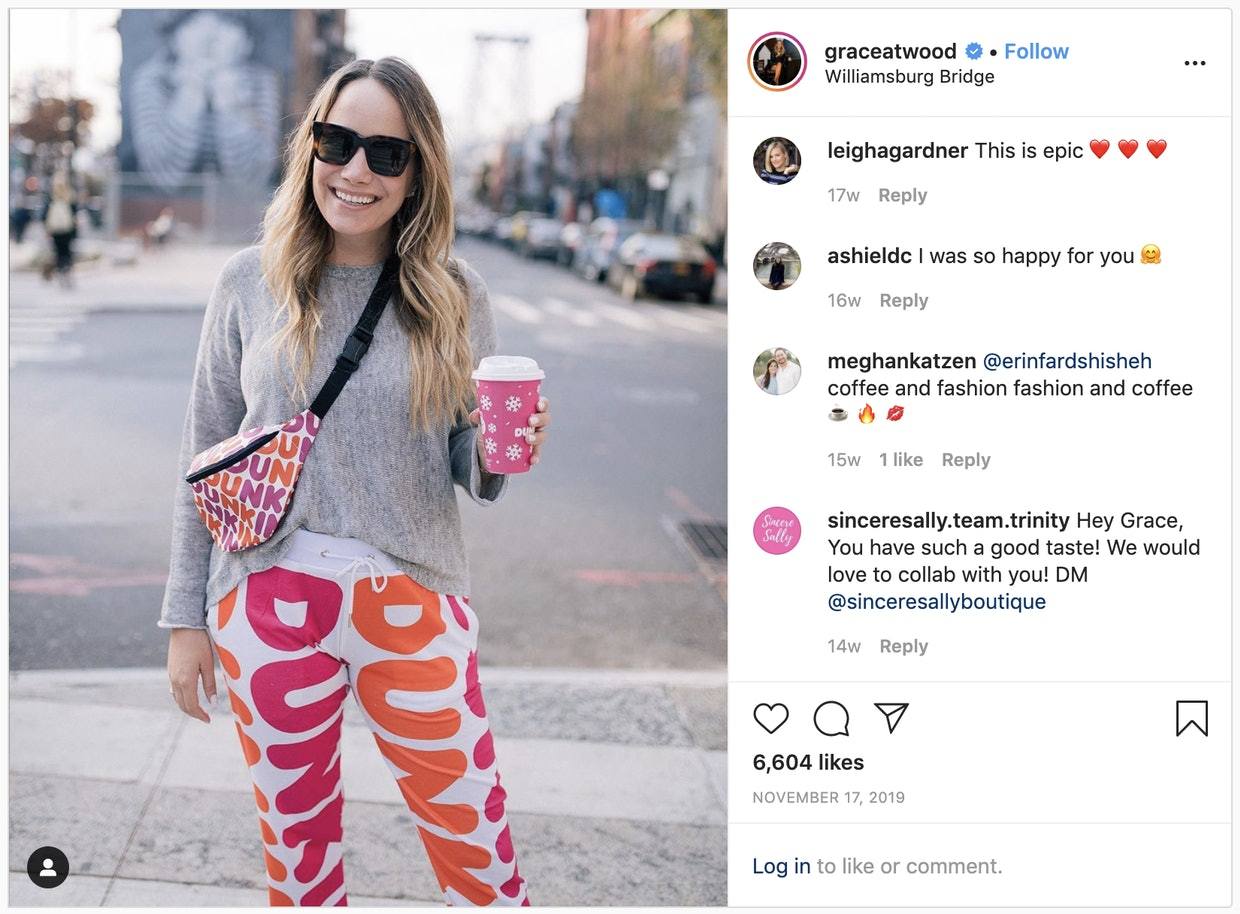Why we need to stop ignoring influencers as a marketing channel
You’ve probably seen them. You’ve probably been annoyed by them. You’ve probably been influenced by them. You might even have bought something from them – gasp! Yes, that’s right. I’m talking about influencers.
You’ve probably seen them.
You’ve probably been annoyed by them.
You’ve probably been influenced by them.
You might even have bought something from them – gasp!
Yes, that’s right. I’m talking about influencers.
Now, you can debate the definition of an influencer, their size category, whether they’re positive contributors to society or just scammers.
But, as a marketer, you can’t ignore them.
Expected to become a $10B industry within 2020, influencers, and the industry they’ve created, are not going anywhere.
With an average ROI of $5 per every $1 spent, why would we want them to go anywhere?
No matter your feelings towards influencers, or your own personal interactions with them, they’re a valid part of any marketing plan. One that we all – marketers and agencies – need to start incorporating into campaigns.
The core value an influencer brings is nothing new. We’ve seen the rise of celebrity marketing. We bring in KOLs to shed light on a topic. We’ve built word of mouth into campaigns. And, we all aspire to making something viral.
But, influencers are different than celebrities and KOLs.
Influencers work because they’re authentic. They’re real people. They have real opinions, and they’re not afraid to share them. They’re entrepreneurs, writers, product makers, web designers, masters at PR, social media community managers, and household names.
And consumers – the very people we try to reach everyday – believe that. They purchase what they purchase. They talk about what they talk about.
But.
The success of using influencers falls equally on the brand, or agency, managing the campaign. Putting any influencer into your marketing plan will not bring automatic success. Just like any other marketing lever we must pull, there is a good and a bad way to do it.
Let’s dive into what those are.
A bad way to choose influencers is through their total followers.
Yes, reach is an important metric, especially if you want to raise awareness. But, should you work with Influencer X because they have 2 million followers? Not necessarily.
A good way to choose influencers is through their authenticity.
If you can’t answer “Does this influencer relate to my brand?” with a resounding YES, then that influencer is not for you. A more authentic influencer will drive higher engagement for your brand. Their audience will trust you as a brand sponsor. If you’re representing a product, and an influencer has not tried the product, does not like the product, or has spoken negatively of it in the past, do not engage with them. I repeat – Do. Not. Engage. Find one that does (or talk to your product development team).

A bad way to manage influencers is to assume they’ll post brand written copy.
The influencer’s audience follows and engages with them for a specific reason. And, they’re quick to point out when an influencer has ‘sold out’ for a brand. Don’t be that brand.
A good way to manage influencers is to give them creative freedom.
Let them do the brainstorming and content producing. As a good brand advocate, you should, of course, edit and make sure that your brand is seen in the best light. But, don’t send them press releases or product claims and expect those points to be written word for word.

A bad way to negotiate an influencer campaign is to assume they’ll do it for free.
This might have been common practice seven years ago, but the industry has evolved since then. Qualified influencers – those who can demonstrate their success to you – are essentially media channels and should be treated similarly. You would not expect free banner ads to be running on the BBC, so we need to stop expecting influencers will work with us for free.
A good way to negotiate an influencer campaign is to give them a budget to work with.
There’s no one way to write an influencer contract and no set rate for influencers. This is the time to get creative! Show your negotiating skills. Come to the influencer with your brand’s problem and ask how they would solve it. Negotiate from there. If you’re a small company, instead of paying directly for a post, try offering ‘shares’ or a percentage of revenue that the influencer drove from their posts. Bring the influencer into the success of the posts they’re creating. They’ll work that much harder for you.
There are so many different ways to use influencers as part of your campaign. They can be bloggers, social media posters, event attendees, interviewers, or interviewees. They can design products with you, become a brand ambassador or even serve as part of a research panel.
Get in touch if you'd like to discuss a strategy for using influencers in your marketing.

